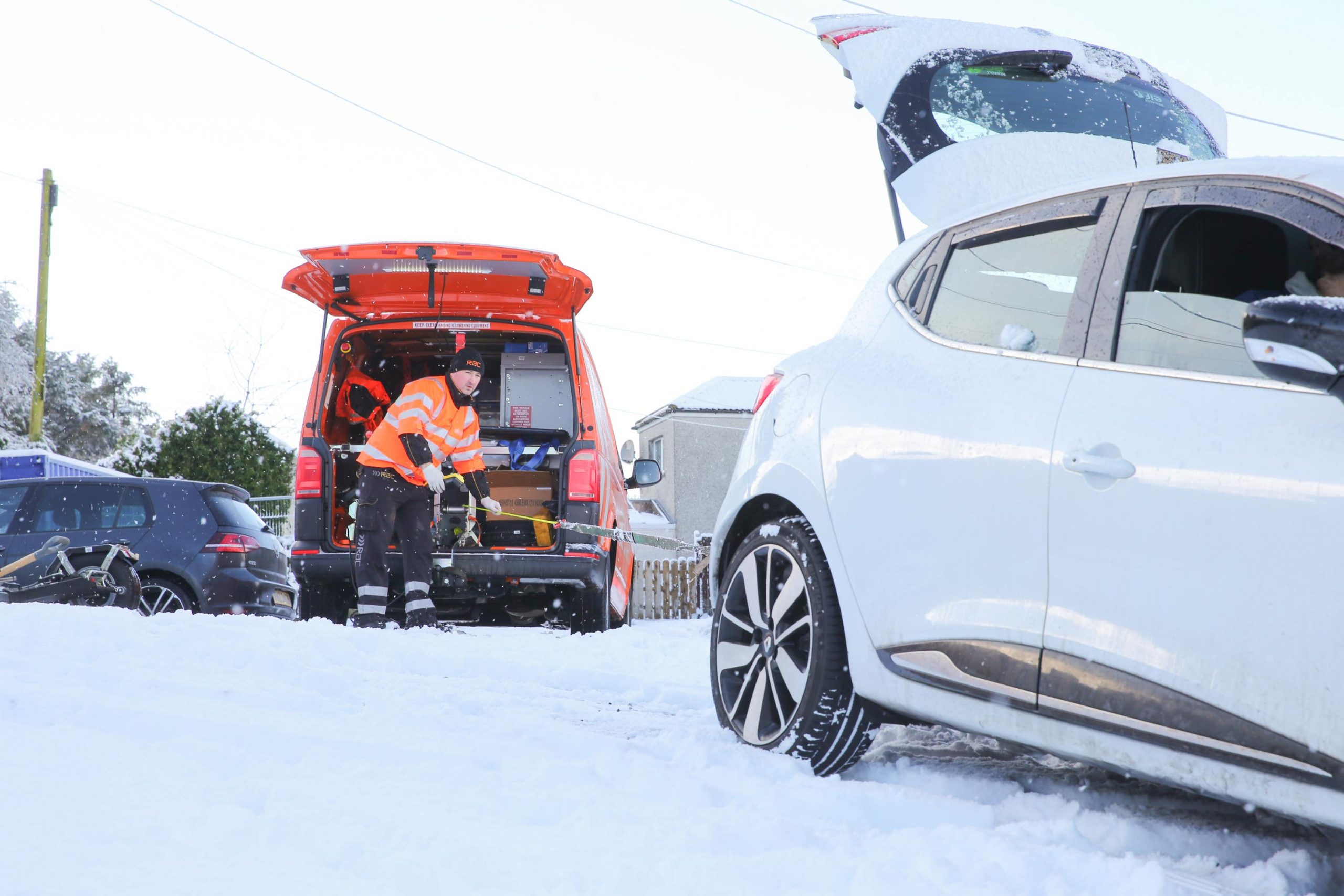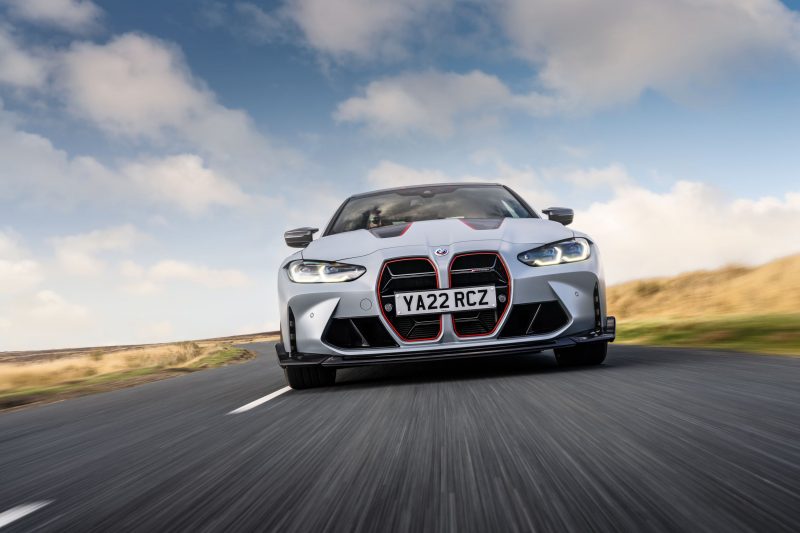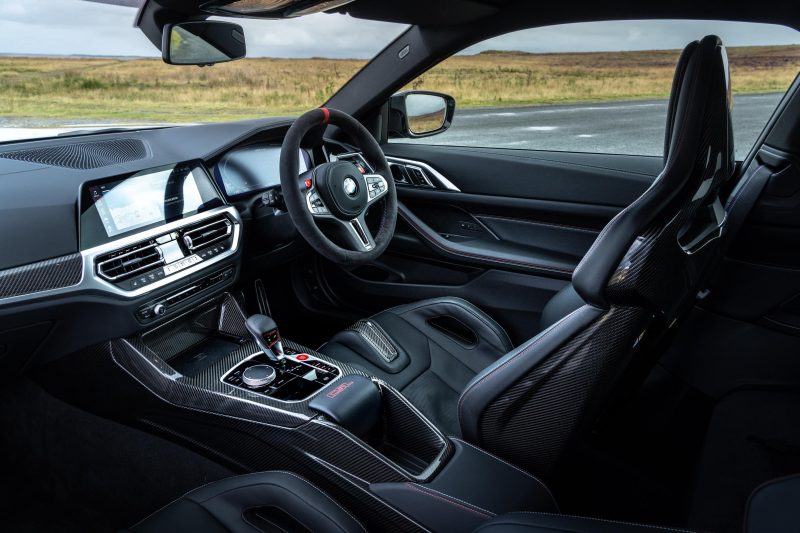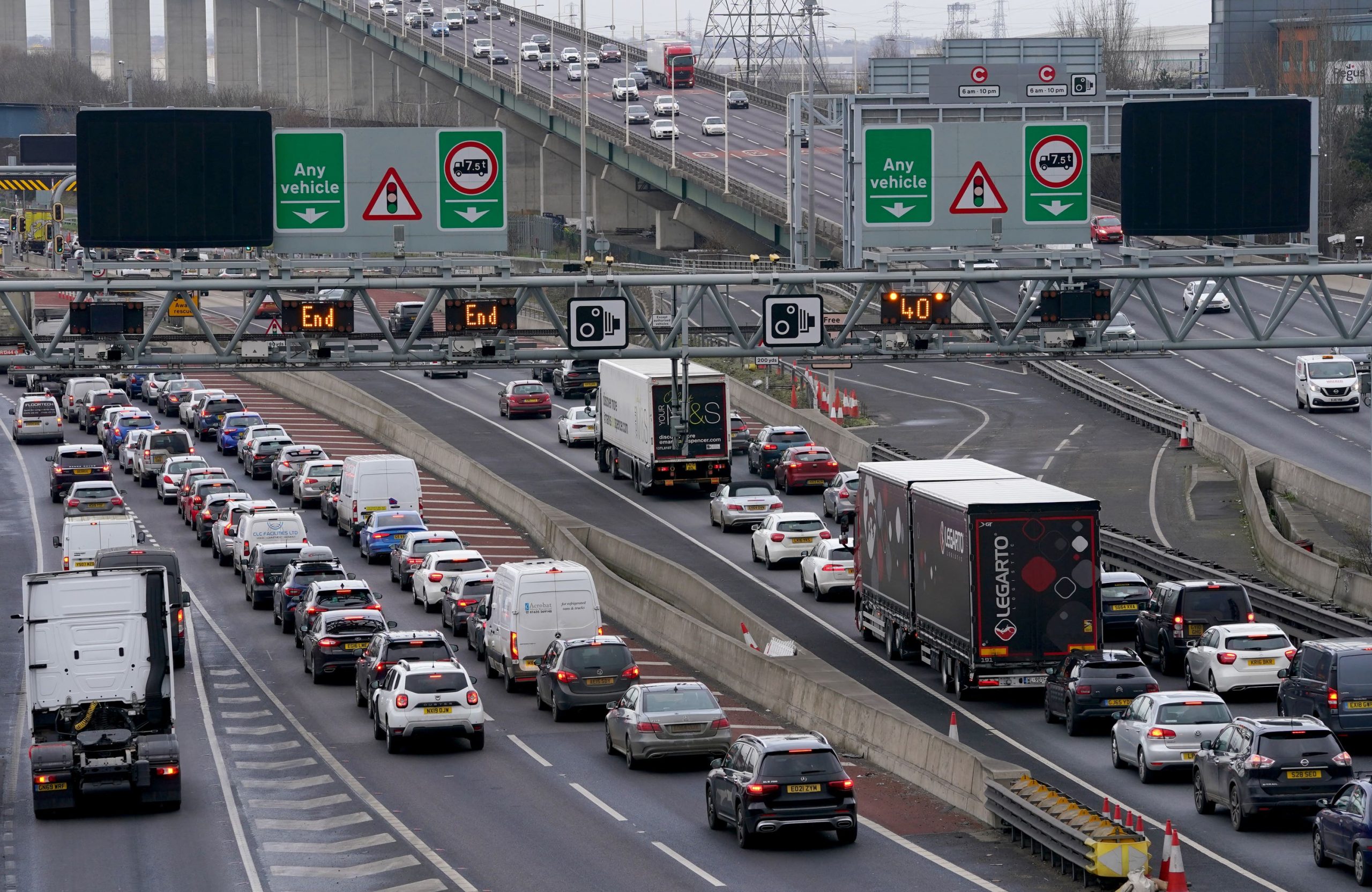Mazda is heading upmarket with its new CX-60, but is it worth choosing? Ted Welford finds out.
What is it?
While some car firms are going full-throttle with their electrification offensives, others are being more subdued. Mazda firmly sits into the latter camp, almost clinging onto the internal combustion engine at a time when others are acknowledging its slowdown.
However, Mazda’s not naive, and is slowly introducing electrified models. In 2021 there was the launch of the MX-30 as its first EV, and now the firm is introducing its first plug-in hybrid with the new CX-60, but is it any good?
What’s new?
The CX-60 is a brand-new model for Mazda and arrives on sale as its flagship as the Japanese brand tries to head further into premium territory. Aiming to bring a new level of quality and design, Mazda has chosen to inject some of the ‘finest Japanese craftsmanship’ into this large SUV.
It packs a raft of new technology, such as a camera that ‘finds’ your perfect driving position for you, a huge new media display and impressive safety technology. There are also a trio of powertrain options – debuting with this plug-in hybrid we’re trying, but six-cylinder petrol and diesel engines are on their way shortly.
What’s under the bonnet?
Powering the CX-60 here is Mazda’s existing 2.5-litre petrol engine (found in the brand’s ‘6’ models and the CX-5) and a relatively punchy electric motor. Combined, it puts out 323bhp and 500Nm of torque – making it the most powerful Mazda road car ever made.
Accelerating from 0-60mph takes 5.6 seconds, with the CX-60 able to hit a top speed of 124mph. A relatively large 17.8kWh battery is also used, which can be charged from empty to full in two hours and 20 minutes, and allows for a claimed 39 miles of electric driving, though expect more like 30 miles in real-world driving. Mazda claims 188.3mpg and 33g/km CO2 emissions, though you’ll need to do the bulk of your driving on electric to achieve such figures.
What’s it like to drive?
You can usually rely on Mazda to make a great driver’s car (just look at the 3 hatch and MX-5 roadster), but the CX-60 is sadly quite underwhelming. The powertrain isn’t the finest showcase for future electrified Mazdas, for starters. It can feel clunky and can make some rather unpleasant noises, while even in ‘EV’ mode, it’s like gears have tried to be engineered in – meaning it’s not as smooth as you want a plug-in hybrid to be. Though powerful on full chat, it certainly doesn’t feel as fast as the figures suggest.
It handles well – particularly when you consider the weight of the CX-60 – and the steering offers lots of feel, which is a rarity in this segment. But because the steering remains heavy at slower speeds, it can make it feel quite tank-like around town. The ride also isn’t as supple as we’ve come to expect from Mazda and has quite a firm edge to it, likely due to the stiffening to account for the weight of the battery.
How does it look?
The first thing that strikes you about the CX-60 is its size. This is a big SUV at 4.75m – 20cm longer than a CX-5, and not much smaller than many seven-seaters – but it manages to offer a smart and elegant look and one that feels more in-line with premium brands. Passers-by commented that they thought it was a Jaguar or Volvo.
There are some lovely details, such as the perfectly sculpted wheelarch surrounds, as well as ‘fading’ indicators that are nearly integrated into the grille and headlights. Around the rear, flat and broad LED lights help to emphasise the width, though four chrome exhaust exits are a bit overkill on a not-particularly-sporty SUV.
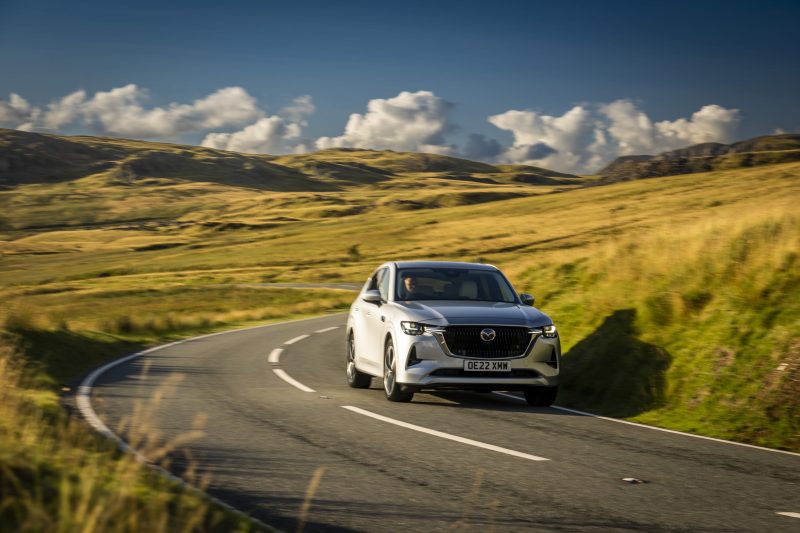
What’s it like inside?
Mazda has really worked to lift the quality of the CX-60’s interior compared with its other model and it has certainly succeeded. Its cabin feels equally as plush as an Audi or BMW of a similar price, with the quality of materials being superb. Our top-spec Takumi model also came with smart white Nappa leather seats and white maple wood trim too.
A special mention has to go to the fantastic 12.3-inch media display, controlled by a rotary dial. It’s remarkably easy to use on the move, and is super slick as well.
The 570-litre boot is a great size too, though rear space isn’t as generous as you’d expect – and it doesn’t feel too much roomier than a CX-5. We also think an SUV of this size and expense should come with seven seats.
What’s the spec like?
There are three versions of the CX-60 available, though even the entry-level Exclusive Line trim gets most of the equipment you’d want – including 18-inch alloy wheels, leather upholstery, heated front seats and a 12.3-inch media display with navigation and wireless smartphone mirroring.
The Homura adds smarter 20-inch alloy wheels and body-coloured lower trim (there’s no black plastic here), along with electric front seats, a 12-speaker Bose sound system and the aforementioned ‘Personalisation System’ that puts the seat automatically into your seating position once you’re in. At the top of the range, the Takumi gets additional chrome styling and white Nappa leather seats.
Prices for the CX-60 start from £42,990 for a diesel, though the plug-in hybrid isn’t too much more expensive at £45,420. If you want a higher trim, however, prices quickly get punchy and head north of £50,000.
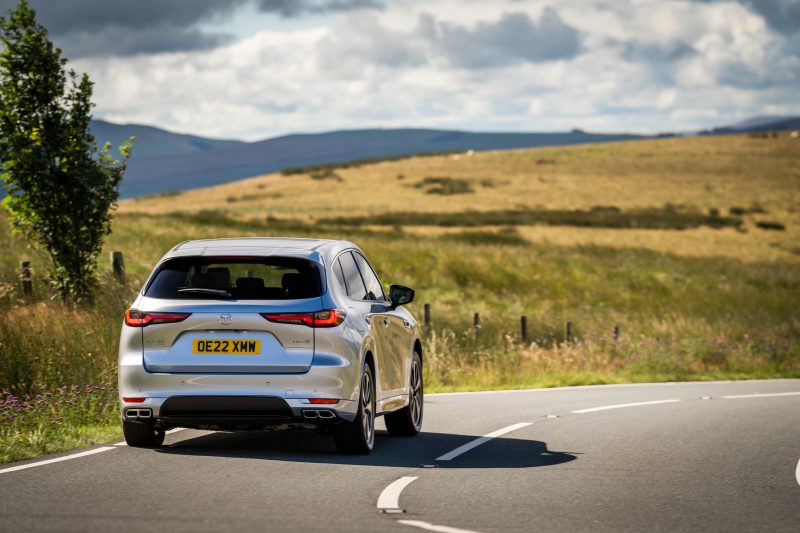
Verdict
The Mazda CX-60 is a car that manages to be really impressive in some areas, but way off the pace in others. The interior, for example, is nothing short of fantastic and Mazda’s infotainment and ergonomics remain some of the best around.
But this plug-in hybrid is unrefined and not as enjoyable to drive as we’ve come to suspect from Mazdas. We hope, and expect, that things will improve with the arrival of the new petrol and diesel engines, but for the time being rivals like the Lexus NX and Kia Sorento (if you want seven seats) are better alternatives.
Facts at a glance
- Model: Mazda CX-60
- Price: £42,990
- Model as tested: Mazda CX-60 2.5 AWD Takumi Auto
- Price as tested: £53,270
- Engine: 2.5-litre petrol-electric plug-in hybrid
- Power: 323bhp
- Torque: 500Nm
- Max speed: 124mph
- 0-60mph: 5.6 seconds
- MPG: 188.3mpg
- Emissions: 33g/km
- Electric-only range: 39 miles


